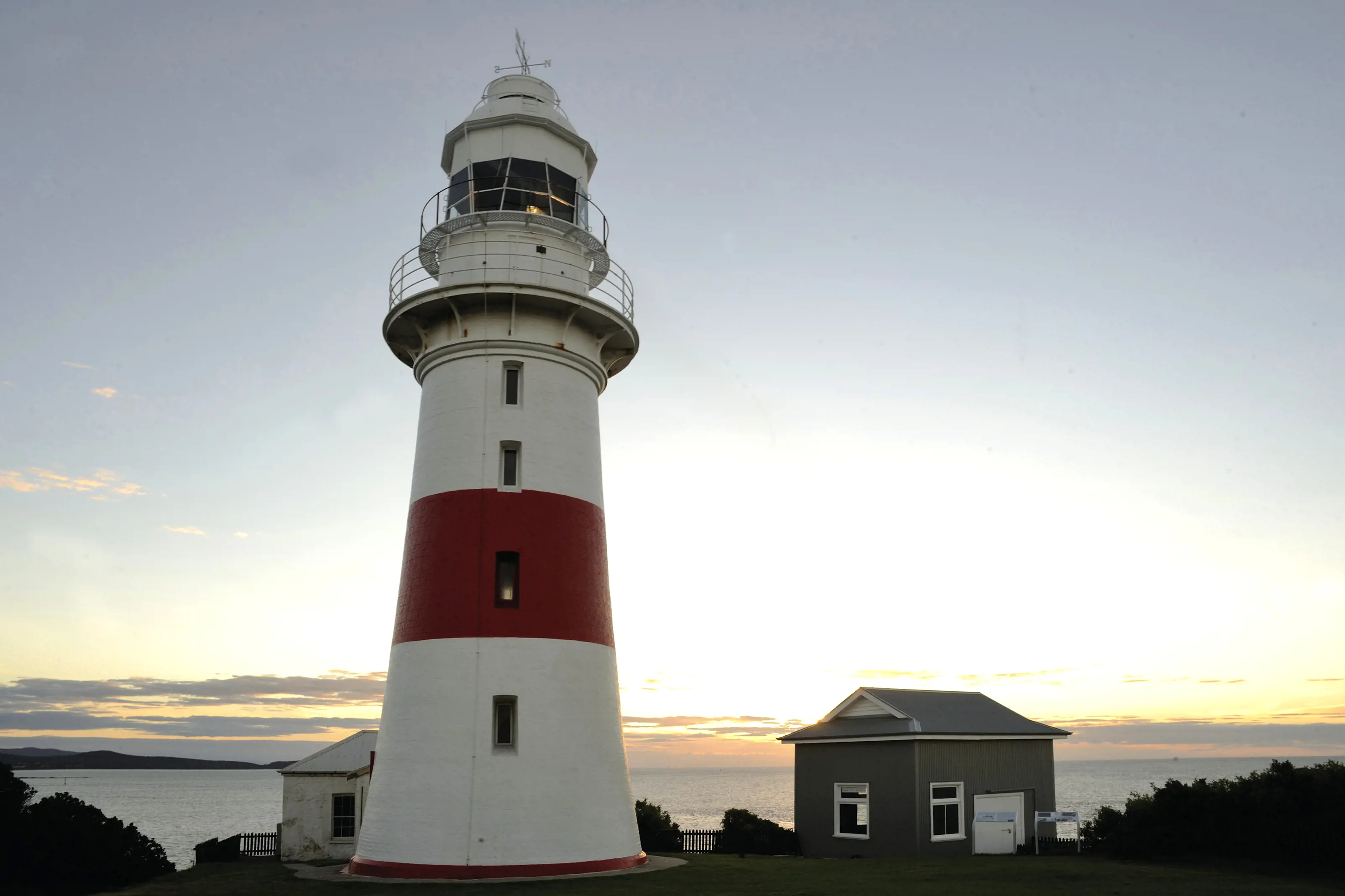Nautically speaking, a pilot’s job is to manoeuvre a ship through dangerous waters.
And those working on the treacherous kanamaluka / River Tamar sure had their work cut out for them.
To keep them well rested, the pilots at Low Head Pilot Station were put up in white cottages, which have since been converted into the Low Head Pilot Station Maritime Museum, anchoring to the 1835 convict-built Pilots' Row, the oldest and largest building on the site.
It’s a place where old tales of the upside-down river seep through the walls into extensive displays of relics from the days of sail and steam. The museum has things of interest for people of all ages - handle the ship's helm, operate the engine room telegraphs, ring the ship's bell, and send messages in Morse code.
For more curious sounds and sights it’s a trip just up the headland, past the old cable station, to Australia's third oldest light station, Low Head Lighthouse. The lighthouse's forghorn is a unique piece of Tasmania's maritime history, installed in 1929 and decommissioned in 1973.
Sounding at noon each Sunday, it's the only operating G-type foghorn in the world. Under ideal conditions, the foghorn can be heard up to 30km out to sea.
The lighthouse was built in 1888, replacing an original 1833 convict-built structure. With an elevation of 43m, it dominates the headland.
It’s a real belter, open every day. If you visit outside of Sunday, scan the QR code on the information boards to get a sense of the sound of the foghorn.
